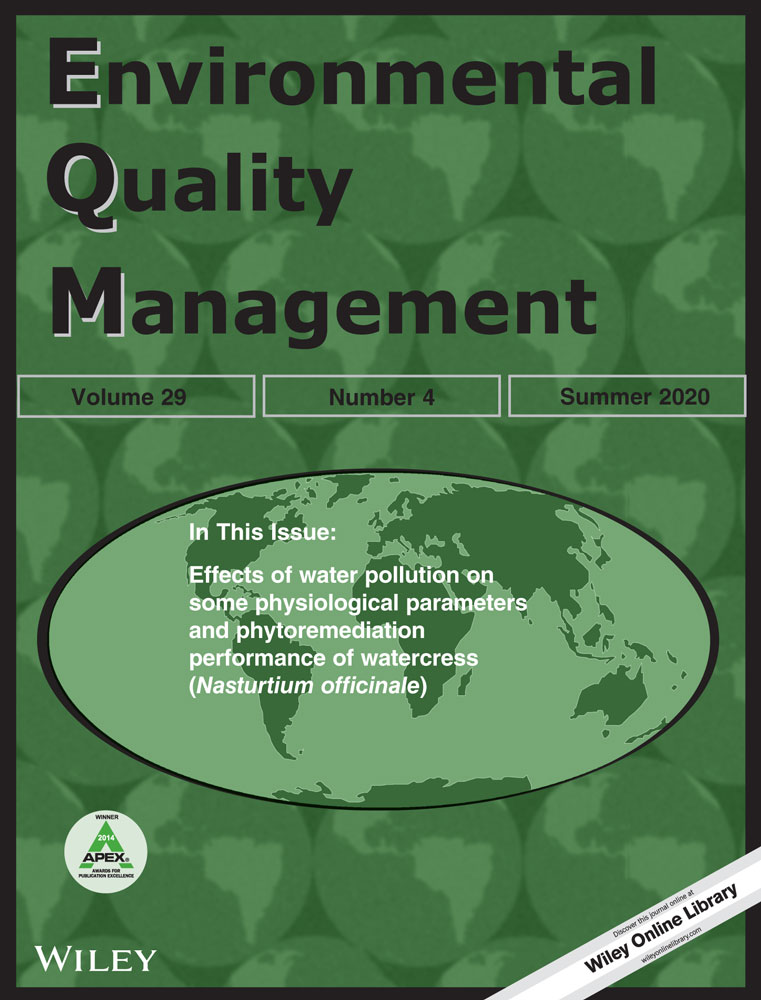Effects of water pollution on some physiological parameters and phytoremediation performance of watercress (Nasturtium officinale)
Abstract
Phytoremediation is a sustainable, natural, and eco-friendly approach, which is generally applied in environmental decontamination. The aim of this study was the assessment of phytoremediation performance of watercress (Nasturtium officinale) under different levels of water pollution. The shrubs of watercress were collected from the local springs adjacent to the Qarah-Sou river in Iran. In order to build an artificial culture similar to natural conditions, the water samples collected from different river sections and the harvested plants were added to the hydroponic culture. The variables of interest were organic matter and nutrients (nitrogen and phosphorous) in river water. The physiological parameters of plant were chlorophylls a and b, proline, and carbohydrates. The results of experiments at the end of plant growth showed that there was a significant difference between initial and final water samples, and consequently watercress has high potential to remove nutrients from the polluted water. As a result of the growth of watercress in the most polluted section of river, organic matter and nutrients decreased and the nitrate concentration increased by 16.6% (due to the nitrification process). Moreover, the statistical analysis indicated that all physiological parameters are influenced by water pollution during the plant growth. The results revealed the watercress's ability to grow in different environmental conditions and approved its potential for natural wastewater purification. Therefore, we hope that this plant can be used as a new option for municipal and industrial wastewater phytoremediation.




